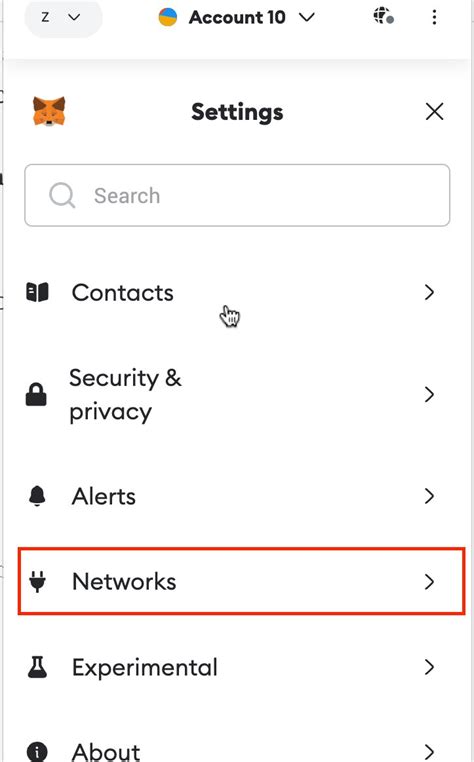- CRYPTOCURRENCY
-
by admin
Metamask: Do we need to use Metamask and Alchemy as providers?
As a Web3 developer, you are probably familiar with two popular providers used to interact with the Ethereum blockchain: Metamask and Alchemy. Both have their strengths and weaknesses, which can sometimes lead to confusion about when to use each in production environments. In this article, we will take a look at the differences between the two providers and whether you really need to use both.
What are Metamask and Alchemy?
Metamask is an open-source, browser-based wallet that allows users to store, manage, and send Ether (ETH) directly in their web browsers. It is designed for mobile devices, but can also be used in a desktop browser as a Web3 provider. With Metamask, you can access the Ethereum blockchain, view your balance, and interact with smart contracts without the need for any additional software or configuration.
Alchemy, on the other hand, is another popular provider that allows users to store Ether in wallets, manage it, and interact with the blockchain through a user-friendly interface. Alchemy offers more advanced features than Metamask, such as API access, transaction tracking, and support for multiple wallets. It also has a native Ethereum wallet called MetaMask that integrates seamlessly with Alchemy.
Metamask vs Alchemy: Key Differences
Here are the key differences between using both providers in production environments:
- Interactivity: Metamask is mainly designed for direct interaction with the blockchain, while Alchemy offers more advanced features such as API access and transaction tracking.
- Wallet Management: Both providers allow you to manage your wallet balance and view transactions, but Metamask’s interface is generally more transparent. Alchemy has a steeper learning curve due to its advanced features and user-friendly interface.
- Transaction fees: When interacting with the blockchain via Metamask or Alchemy, transaction fees are deducted from your Ether balance. However, when using Alchemy as a Web3 provider directly in your browser, you generally pay no additional fees for this service.
When to use both Metamask and Alchemy?
While using both providers is not strictly necessary in production environments, here are some scenarios where using both can be beneficial:
- Development environment: In development environments or test projects, using both Metamask and Alchemy can help ensure that Web3 interactions are smooth and error-free.
- Legacy support: If you are still using an older version of the Ethereum blockchain (e.g. EIP-1559) and do not plan to migrate to a newer version anytime soon, it is probably better to stick with Metamask or Alchemy for backward compatibility.
- Additional Features: If you want to take full advantage of the more advanced features that Alchemy offers, such as API access or transaction tracking, using both providers can be a good solution.
Conclusion

In summary, using both Metamask and Alchemy in production environments is not absolutely necessary, but it can provide additional value depending on your specific use case. If you are already familiar with one provider and want to leverage its strengths, there is no need to switch to the other. However, if you are unsure which provider to use or need advanced features, considering both options can help ensure that your Web3 interactions are optimized for performance and security.
Best Practices
To minimize potential issues when using Metamask and Alchemy:
- Keep your dependencies up to date
: Make sure that both Metamask and Alchemy are running the latest versions to avoid compatibility issues.
- Use the recommended interface: Familiarize yourself with the official interfaces of both providers to ensure a smooth experience.
